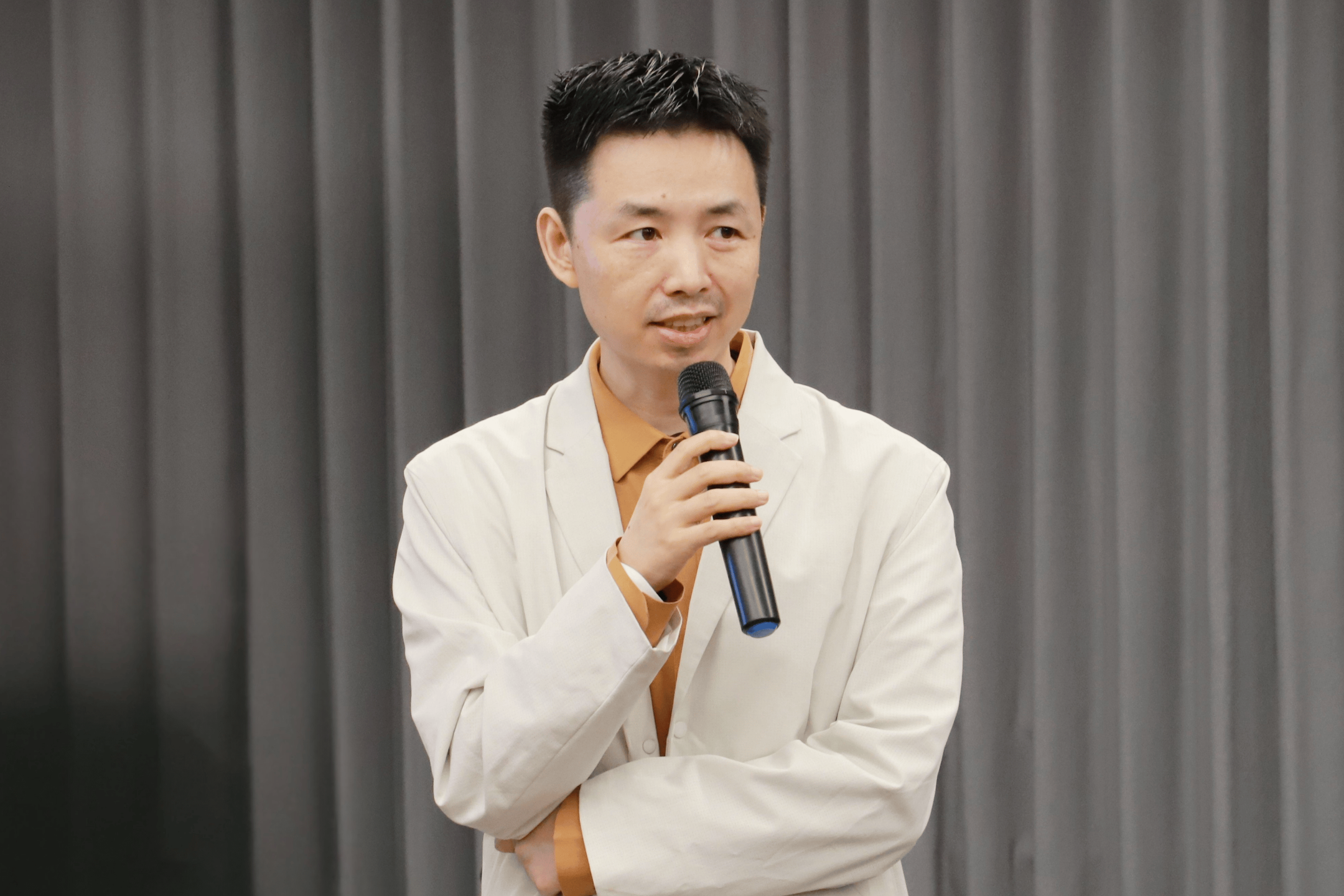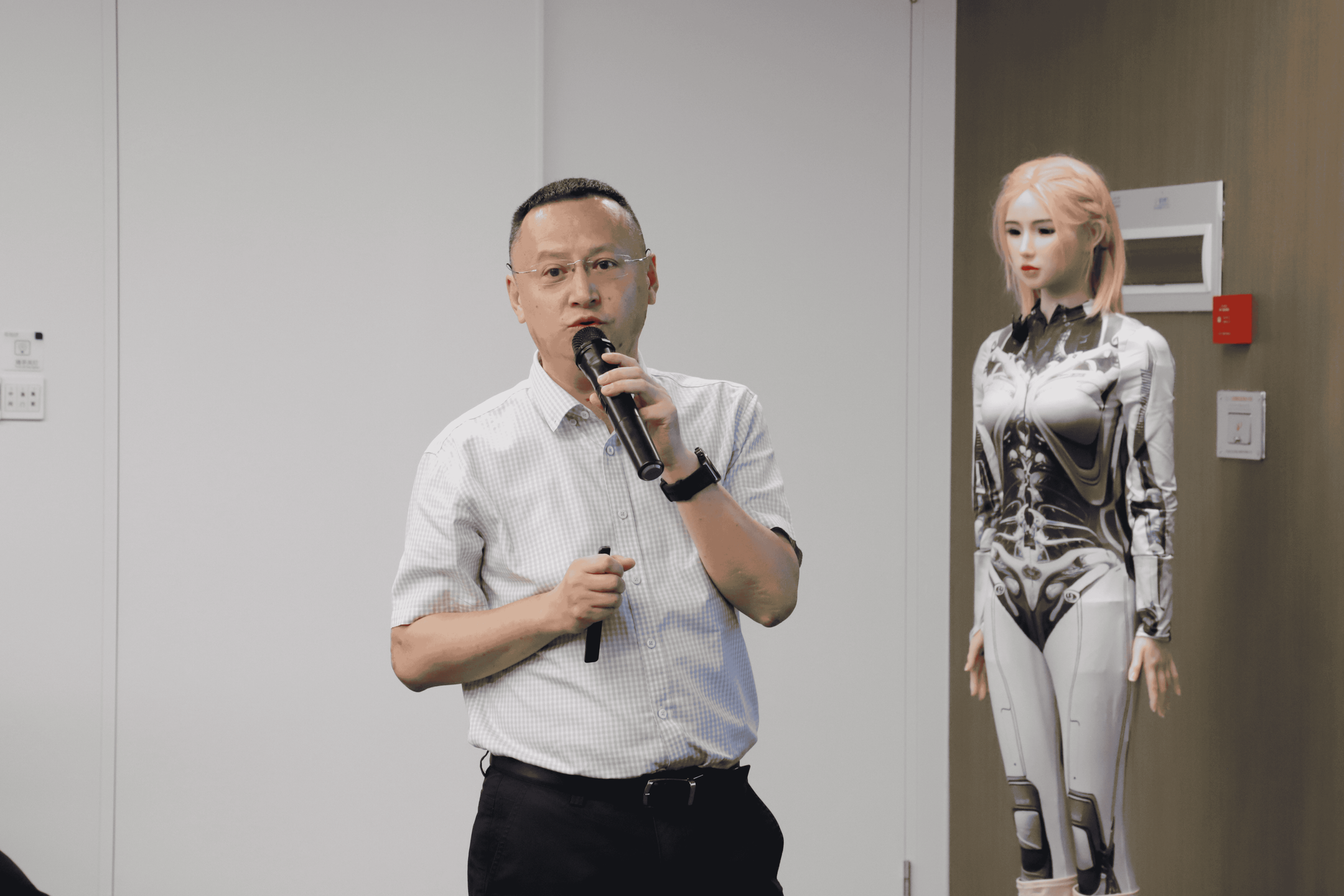
Wankai New Materials and Lingxin Qiaoshou Establish Joint Laboratory to Advance High-Performance Materials for Humanoid Robotics
This collaboration marks a significant step forward in the joint development of advanced materials and their applications in intelligent manufacturing, particularly under the strategic direction of “replacing steel with plastic.”
The new joint laboratory is designed to accelerate breakthroughs in materials science to support the lightweight, efficient, and sustainable development of next-generation robotic systems. By integrating complementary expertise from both partners, the initiative aims to drive the industrialization of high-performance materials and promote their application in structural components for humanoid robots.
Tackling the Challenges of Lightweight Robotics
During the opening ceremony, Mr. Zhou Yong, Founder of Lingxin Qiaoshou, shared insights into the pressing challenges currently facing the humanoid robotics industry. One major bottleneck lies in the structural component manufacturing process, where traditional metal materials present issues such as excessive weight, high energy consumption, and complex machining requirements. As robotic applications expand across industries, there is a growing demand for lightweight designs that do not compromise performance.
“Replacing steel with plastic” is not a simple material substitution—it represents a comprehensive shift toward efficiency, performance, and sustainability.
Promising Progress in Advanced Polymer Research
In the technical exchange session, Mr. Zhu Ying, Chairman of Parko Advanced Materials and Materials Technology Expert at the joint laboratory, revealed that the team is focusing on PEKC (phenolphthalein-based polyaryletherketone) and other high-performance composites. These materials exhibit outstanding characteristics including high strength, fatigue resistance, corrosion resistance, and thermal stability. Initial tests indicate exceptional advantages over metal in terms of weight reduction, impact resistance, compressive strength, and self-lubrication.
The laboratory has already begun sample preparation and performance testing. Further research will target process optimization, including injection molding improvements, to enhance the flexibility and durability of robotic components.
Breakthrough in Transparent, Heat-Resistant Polyester
Mr. Yang Liping, Executive Dean of the Wankai New Materials Research Institute and Composite Materials Application Expert, introduced a newly developed high heat-resistant transparent polyester. This material was engineered to meet the evolving needs of clients across various sectors and offers excellent heat resistance, rigidity, scratch resistance, anti-aging properties, light transmittance, impact strength, chemical resistance, dimensional stability, and moldability. It also features low clamping noise, making it well-suited for precision applications.
This innovative polyester has demonstrated strong market potential in cosmetic packaging, home appliance casings, and robotic face shields. Wankai has already achieved continuous pilot production on a 2,000-ton-per-year trial line in Q1 2025 and is expected to commence full-scale production in Q3.
Building a Cross-Industry Innovation Ecosystem
This joint initiative reflects both companies' commitment to China's national strategy for high-quality development. The unveiling of the joint laboratory signifies a model of cross-sector collaboration, combining advanced material technology with cutting-edge robotics engineering.
Moving forward, Wankai New Materials and Lingxin Qiaoshou will deepen cooperation in material innovation, processing technology, and robotic structural component integration. The goal is to break through technical barriers, accelerate commercialization of research outcomes, and build an innovation ecosystem that empowers the high-performance intelligent manufacturing industry.



